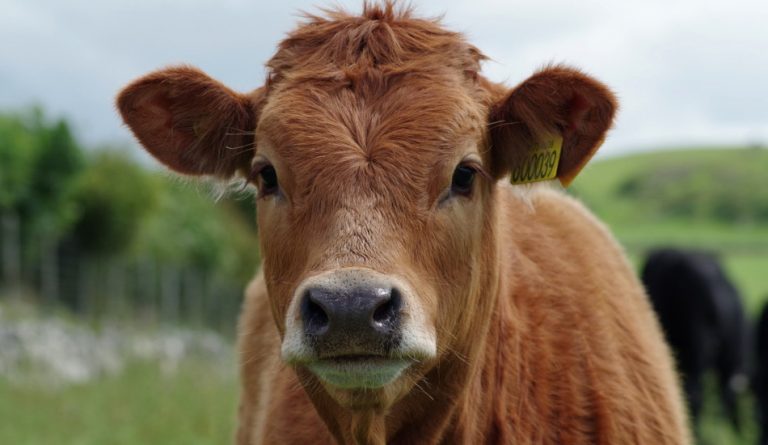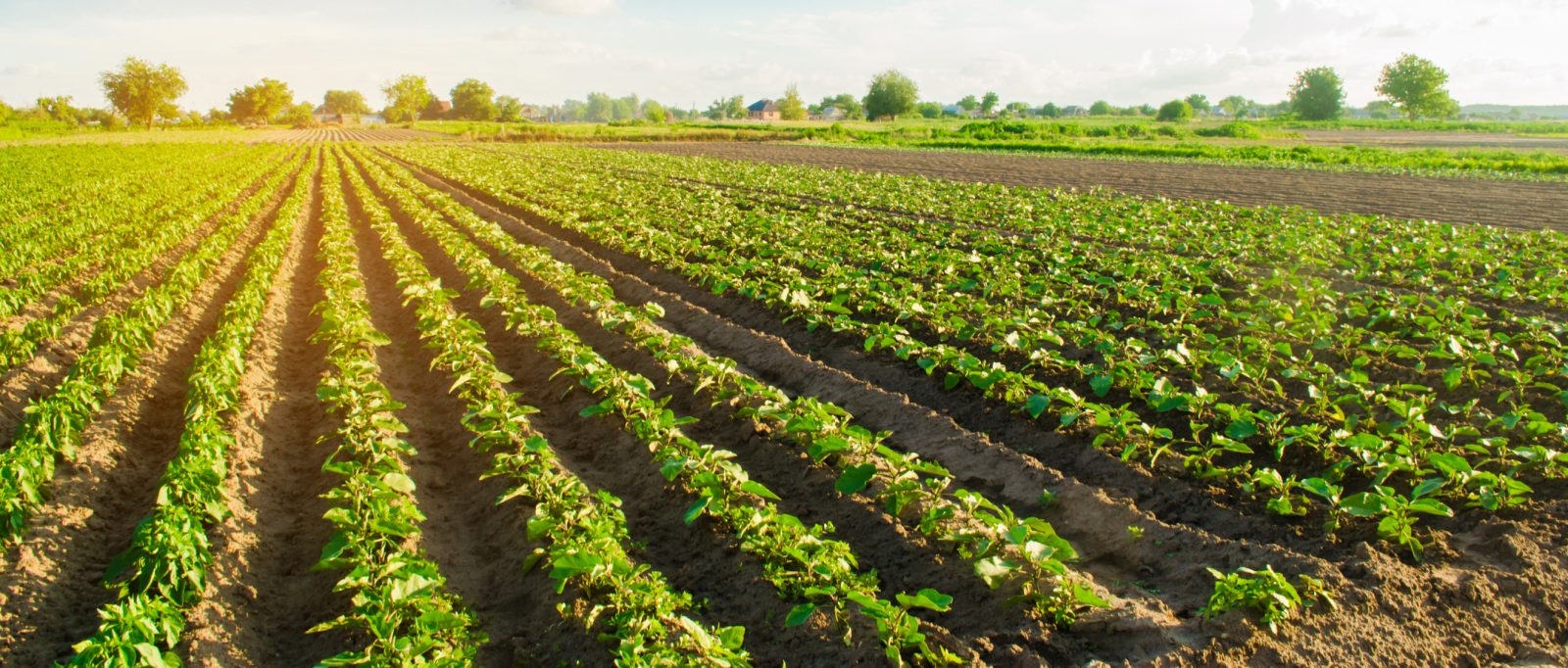Regenerative agriculture is a practice that is adopted by those who are conscious of the need to preserve ecological balance. However, it is important to learn the tried and tested regenerative agriculture techniques. By deploying these techniques, the yield can be maximized and farmers can make considerable profits, as well.
9 effective techniques of regenerative agriculture
1. Holistic decision-making
This decision-making framework, meant for handling complex systems, has been tried on a lot of farms and ranches worldwide. It covers the social, environmental, and financial aspects of every move related to farming. The method is so simple that even uneducated farmers in rural Africa have used it to perfection. Holistic decision-making also paves the way to sustainability.
2. The soil food web
As it is, the soil food web is not anyone’s invention, and neither can it be classified as a farming technique. It can be denoted as a natural process enabling crop growth without the usage of chemical fertilizers. Noted soil scientist Elaine Ingham is considered a pioneer in the soil food web. By managing the microorganisms in the soil, the plants can be nurtured better, without any side effects or risks of damage, as Ingham has shown. A single application of well-prepared natural compost can do wonders for plants.
3. Permaculture design
Permaculture is a kind of design science and philosophy. It is of great use to land managers and farmers. This is a specialized type of landscape design tailor-made to address the needs of agriculture. It also covers the principles of ecology. When permaculture is deployed, the ecosystems function better. The aesthetic factor is like an add-on.

4. Well-managed livestock
It was not long before managing livestock in sustainable ways became a practice. The focus here is on learning and deploying the activities of wild herds. In a natural ecosystem, the heavy herbivores stay together to fend off predators. The bunching behavior however has a few side effects. The animals keep moving and they do not return to the same location for quite some time.
5. Perennial crops
Perennial crops lead to the 24×7 presence of living roots in the soil. This helps in battling the menace of soil erosion. Perennial plant roots grow rather deep over the years. The plants are able to access water stores and nutrients better, unlike the annual plants. Tree crops that are perennials offer a number of environmental benefits, like temperature moderation, wind speed reduction, and better nurturing of wildlife.
6. Zero till crop production
Tilling is an act denoting physical disturbance beneath the soil surface. The soil organisms receive serious damage from tilling. In fact, tilling can prove to be worse than applying chemicals or pesticides. Now that newer and better methods for controlling weeds, such as pasture cropping and timed succession crops, are available, farmers have started embracing no-till production. If the land is not tilled, its soil organisms can establish a healthy soil ecosystem. The benefits include enhanced soil fertility, nutrient availability, and quicker water infiltration. The risk of soil erosion is also reduced to some extent.
7. Polyculture
It is a practice that denotes growing diverse species of animals and plants in one area. In traditional agriculture, monoculture is deployed. This often leads to an unbalanced ecosystem and hassles like plant diseases, soil infertility, and crop resilience woes. The wildlife habitat is also reduced. In polyculture, plants of one species grow together with plants of other species. Over time, they grow healthier and resist bugs and infections better.

8. Thermal compost
In many places, agricultural soils lose a massive amount of microbial life. When healthy soil microbes are missing, plants become prone to developing nutrient deficiencies and they fall prey to ailments. They can’t fight insects naturally either. Dr. Elaine Ingham has demonstrated how deploying thermal compost can help in replenishing the missing healthy microbe population. Destructive farming practices need to be stopped — a single application of compost tea would be far more effective in practicing regenerative agriculture.
9. STUN breeding
It denotes “sheer total utter neglect.” The concept of stun breeding is letting plants grow naturally, without constant nurturing by growers. Mark Shepard is the person who popularized this method.
KEYLINE subsoiling
This is deemed a powerful regenerative agriculture technique. This non-destructive method focuses on capturing water at a cheap cost. It does not hamper the soil food web. In it, plowing is done in a way that water gets evenly spread across the landscaping.










